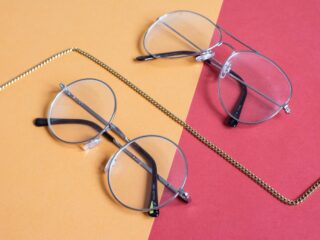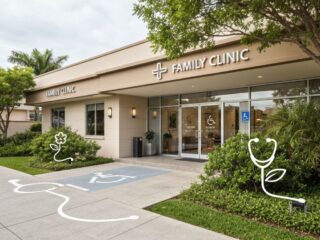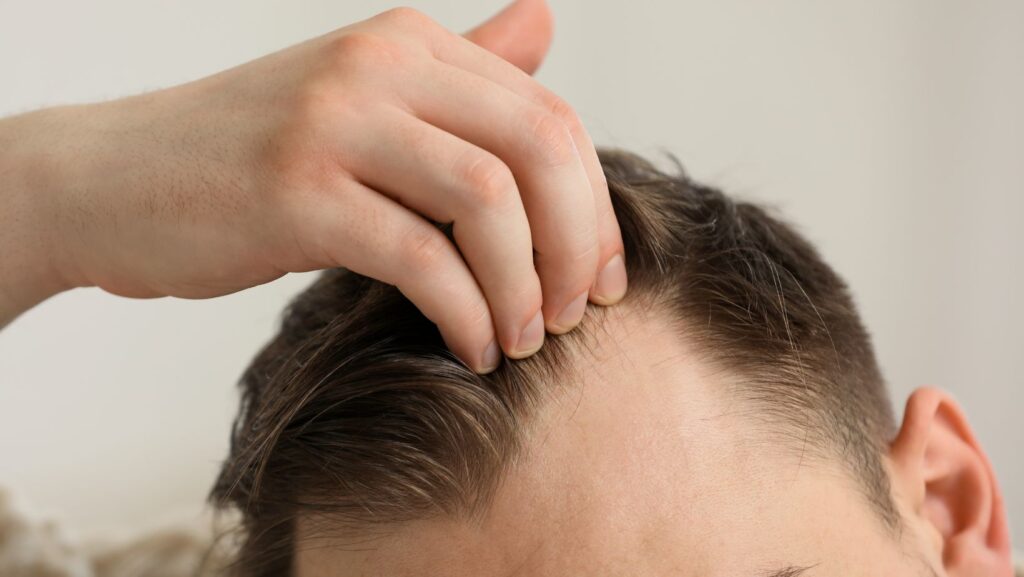
A receding hairline is a common concern for many individuals, particularly as they age. Whether it’s caused by genetics, hormonal changes, or lifestyle factors, a receding hairline can significantly affect self-esteem and confidence. Fortunately, there are various receding hairline treatment options available, both surgical and non-surgical, that can help restore hair and improve the appearance of the hairline.
Understanding a Receding Hairline
A receding hairline refers to the gradual loss of hair along the forehead, typically at the temples or the crown of the head. It is a common form of hair loss, especially among men, although women can also experience it due to hormonal changes or genetics. The condition usually starts in the late teens or early twenties, with hair gradually thinning and receding as time passes.
For many people, a receding hairline treatment is necessary to restore hair growth or enhance the density of their hair. The main challenge lies in choosing the right treatment method, as some solutions may be more suitable for different types of hair loss or individual preferences.
Types of Receding Hairline Treatments
There are two main categories of hair loss receding hairline treatment: surgical and non-surgical. Each category offers distinct advantages, depending on the severity of the hair loss and the desired outcome.
Non-Surgical Treatments for a Receding Hairline
Non-surgical solutions for a receding hairline are typically more affordable and less invasive than surgical options. They are often used to prevent further hair loss or to slow down the progression of the receding hairline.
1. Minoxidil (Rogaine)
One of the most widely used treatments for a receding hairline treatment is minoxidil, also known by its brand name Rogaine. Minoxidil is an over-the-counter topical solution that is applied directly to the scalp. It helps stimulate hair follicles and encourages hair regrowth in areas affected by thinning or receding hair.
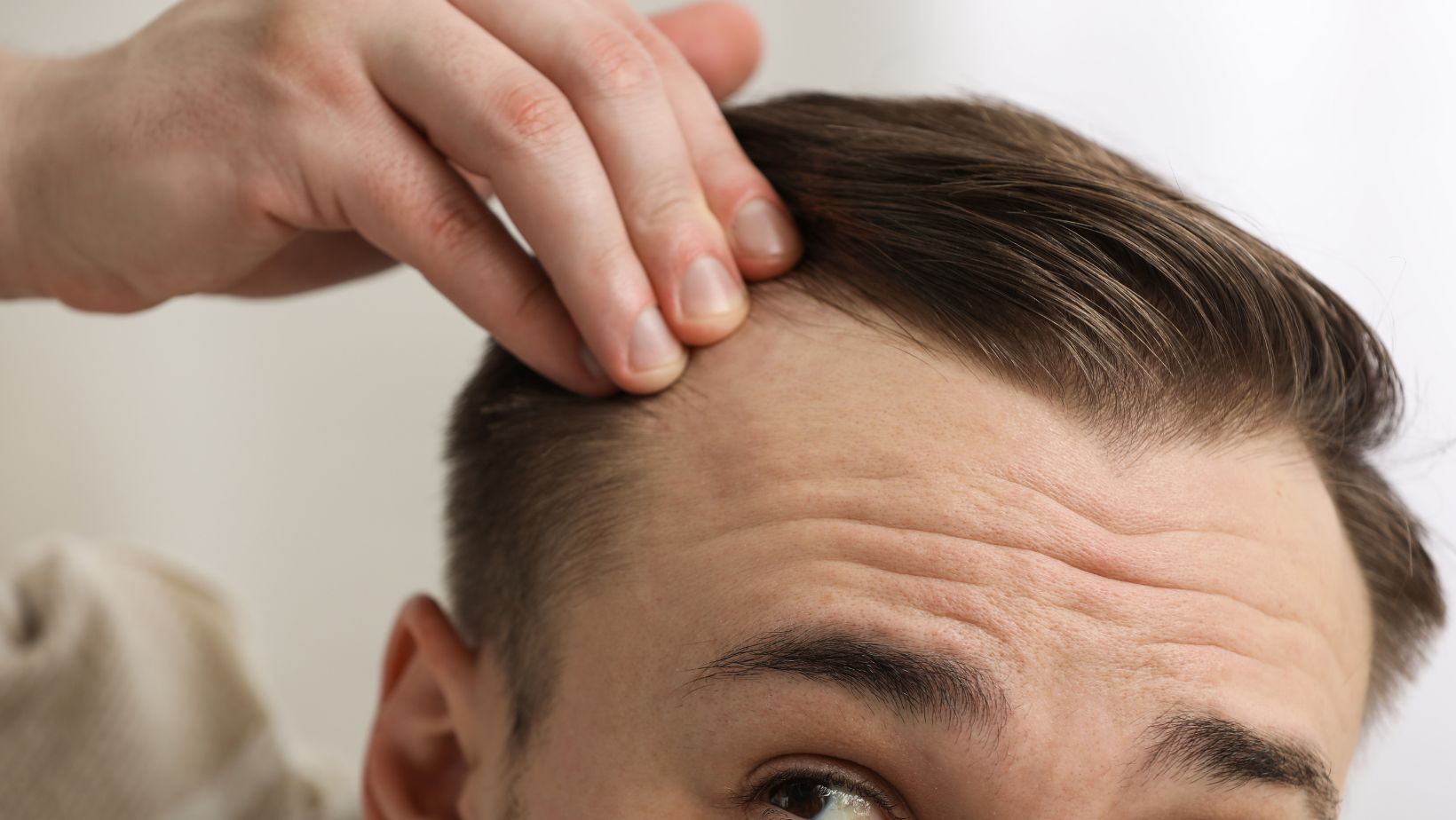
2. Finasteride (Propecia)
Finasteride is an oral medication that works by inhibiting the production of dihydrotestosterone (DHT), a hormone responsible for shrinking hair follicles in men. By reducing DHT levels, finasteride helps prevent further hair loss and can even promote hair regrowth in some cases.
Finasteride is often used in conjunction with receding hairline treatment methods like minoxidil. However, it is important to note that finasteride is not recommended for women, particularly those who are pregnant, as it may cause birth defects.
3. Platelet-Rich Plasma (PRP) Therapy
PRP therapy involves extracting a small amount of blood from the patient, processing it to concentrate the platelets, and then injecting the plasma into the scalp. The growth factors in the platelets stimulate hair follicles and promote hair regrowth. PRP therapy has been shown to be effective in treating androgenetic alopecia, including receding hairlines.
Although results vary, PRP therapy can help thicken existing hair and encourage new hair growth. It is typically used as a non-surgical alternative for individuals who are not yet ready for more invasive treatments like hair transplantation.
4. Low-Level Laser Therapy (LLLT)
Low-level laser therapy (LLLT) uses light to stimulate hair follicles and promote hair growth. There are several FDA-approved devices available for at-home use, including laser combs, caps, and helmets. LLLT can help improve hair density and slow down the progression of a receding hairline, especially in the early stages of hair loss.
LLLT is a non-invasive and painless treatment option, though it requires consistent use over time to achieve noticeable results.
5. Hair Fibers and Concealers
For individuals looking for an immediate solution to their receding hairline, hair fibers and concealers are a non-permanent, non-surgical option. These products are applied to the hair and scalp to fill in thinning areas, creating the appearance of a fuller hairline.
Hair fibers and concealers work best for those with minor hair thinning, but they do not address the underlying causes of hair loss. They can provide a temporary cosmetic solution, but do not promote regrowth or prevent future hair loss.
Surgical Treatments for a Receding Hairline
Surgical treatments for a receding hairline are typically recommended for individuals with more advanced hair loss or for those who have not had success with non-surgical options. These procedures provide permanent solutions but require a higher level of commitment, both in terms of cost and recovery time.
1. Hair Transplantation (FUE and FUT)
Hair transplantation is the most common surgical treatment for a receding hairline. During this procedure, hair follicles are taken from a donor area (usually the back of the head) and transplanted into the thinning or balding areas of the scalp. There are two main types of hair transplants:
- Follicular Unit Extraction (FUE): FUE involves removing individual hair follicles from the donor area using a small, circular tool. These follicles are then implanted into the recipient area, ensuring a natural and seamless result. FUE has the advantage of leaving minimal scarring.
- Follicular Unit Transplantation (FUT): FUT involves removing a strip of skin from the donor area and extracting hair follicles from it. This method typically results in a linear scar but allows for the transplantation of a larger number of follicles in a single session.
Hair transplantation provides permanent results, and most people see significant improvements in hair density within 12-18 months.
2. Scalp Micropigmentation (SMP)
Scalp micropigmentation (SMP) is a non-invasive cosmetic procedure that involves applying specialized pigments to the scalp to create the appearance of a fuller hairline. SMP is particularly effective for individuals with a receding hairline who may not be candidates for a hair transplant or those seeking a more affordable solution.
SMP creates the illusion of thicker hair and can enhance the overall appearance of a receding hairline. However, it does not promote actual hair growth and requires periodic touch-ups to maintain the results.
3. Brow and Beard Transplants
In some cases, individuals with a receding hairline may also experience thinning or patchy hair in their beards or eyebrows. Beard and brow transplants are similar to hair transplants but involve transferring hair follicles to these areas. This option can enhance the facial hair’s appearance and provide more even coverage, complementing the results of a receding hairline treatment.
Post-Procedure Care and Recovery
What to Expect After Treatment
After undergoing a hair loss receding hairline treatment, whether non-surgical or surgical, you will need to follow post-procedure care instructions provided by your healthcare provider. For surgical procedures like hair transplants, expect some swelling, redness, and minor discomfort in the treated areas. Recovery times vary depending on the procedure, but most individuals can return to regular activities within a few days to a week.
For non-surgical treatments like minoxidil or PRP therapy, there is little to no downtime. However, continued use of these treatments is necessary to maintain results.
Long-Term Maintenance
Maintaining results after a treatment for receding hairline involves consistent care and, in some cases, ongoing treatments. For surgical options like hair transplants, the results are permanent, but you may need to maintain a healthy lifestyle and hair care routine to ensure the long-term health of your hair. For non-surgical treatments, continued use of products like minoxidil, finasteride, or PRP therapy may be necessary to prevent further hair loss and maintain results.
The Cost of Receding Hairline Treatment
Understanding the Cost
The receding hairline treatment cost can vary depending on the method chosen. Non-surgical treatments like minoxidil or PRP therapy are generally more affordable, with prices ranging from $20 to $1,500 per month, depending on the treatment plan. Hair transplants and surgical procedures, on the other hand, can be significantly more expensive, ranging from $4,000 to $15,000 or more, depending on the extent of the treatment required.
Is It Worth the Investment?
Whether or not a receding hairline treatment is worth the investment depends on your personal goals and preferences. Non-surgical treatments are often effective for those with early to moderate hair loss, while surgical procedures provide a more permanent solution for individuals with more advanced hair loss.
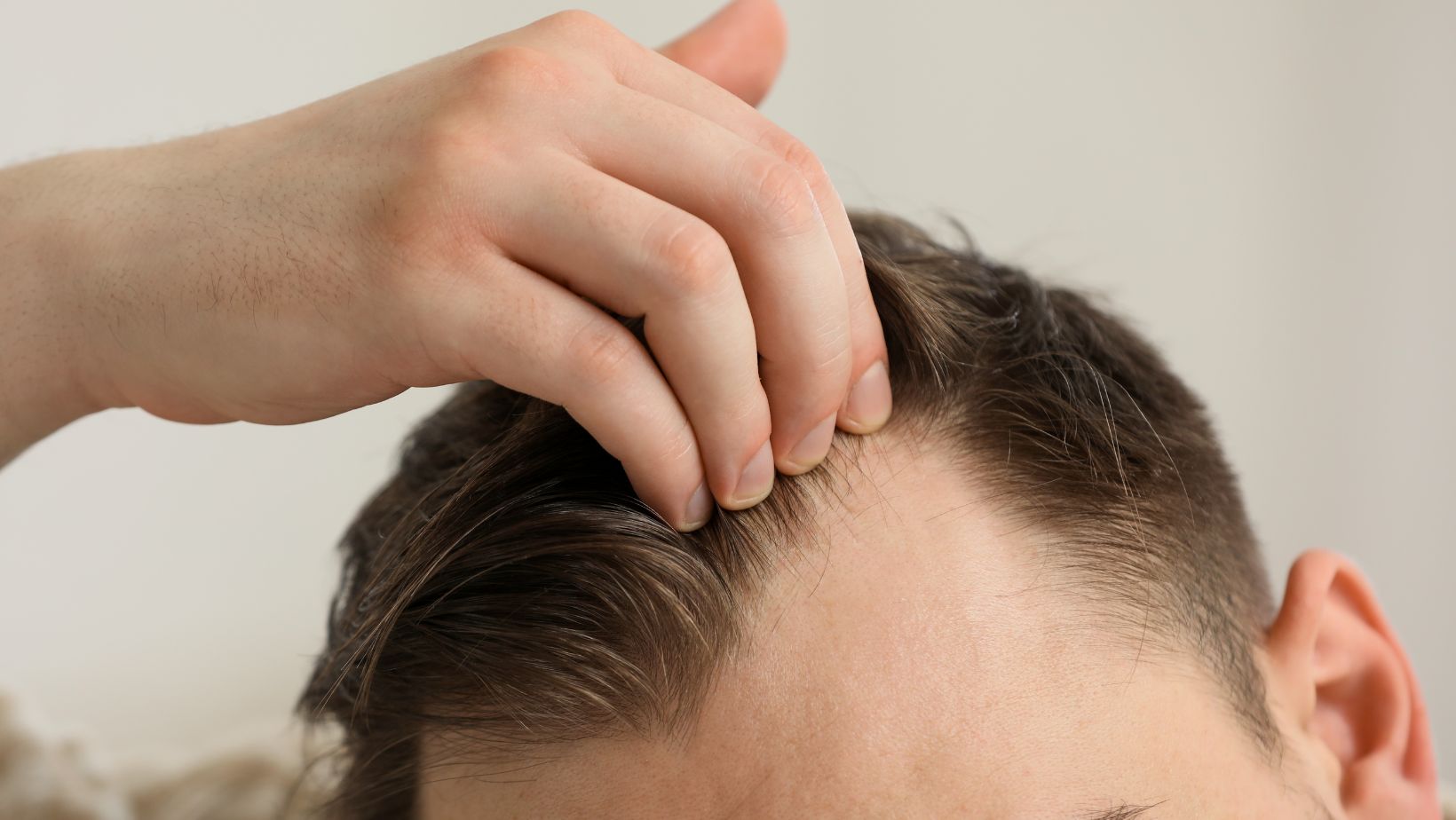
Conclusion
A receding hairline treatment can provide a range of solutions for those looking to restore their hairline and improve their appearance. Whether opting for non-surgical treatments like minoxidil, finasteride, or PRP therapy, or choosing surgical options like hair transplants or scalp micropigmentation, there are effective methods available to address this common form of hair loss.
It’s important to consult with a qualified healthcare provider or hair restoration specialist to determine the best treatment for your specific needs. By taking action early and exploring the available options, you can slow or reverse the effects of a receding hairline and enjoy fuller, healthier hair for years to come.



